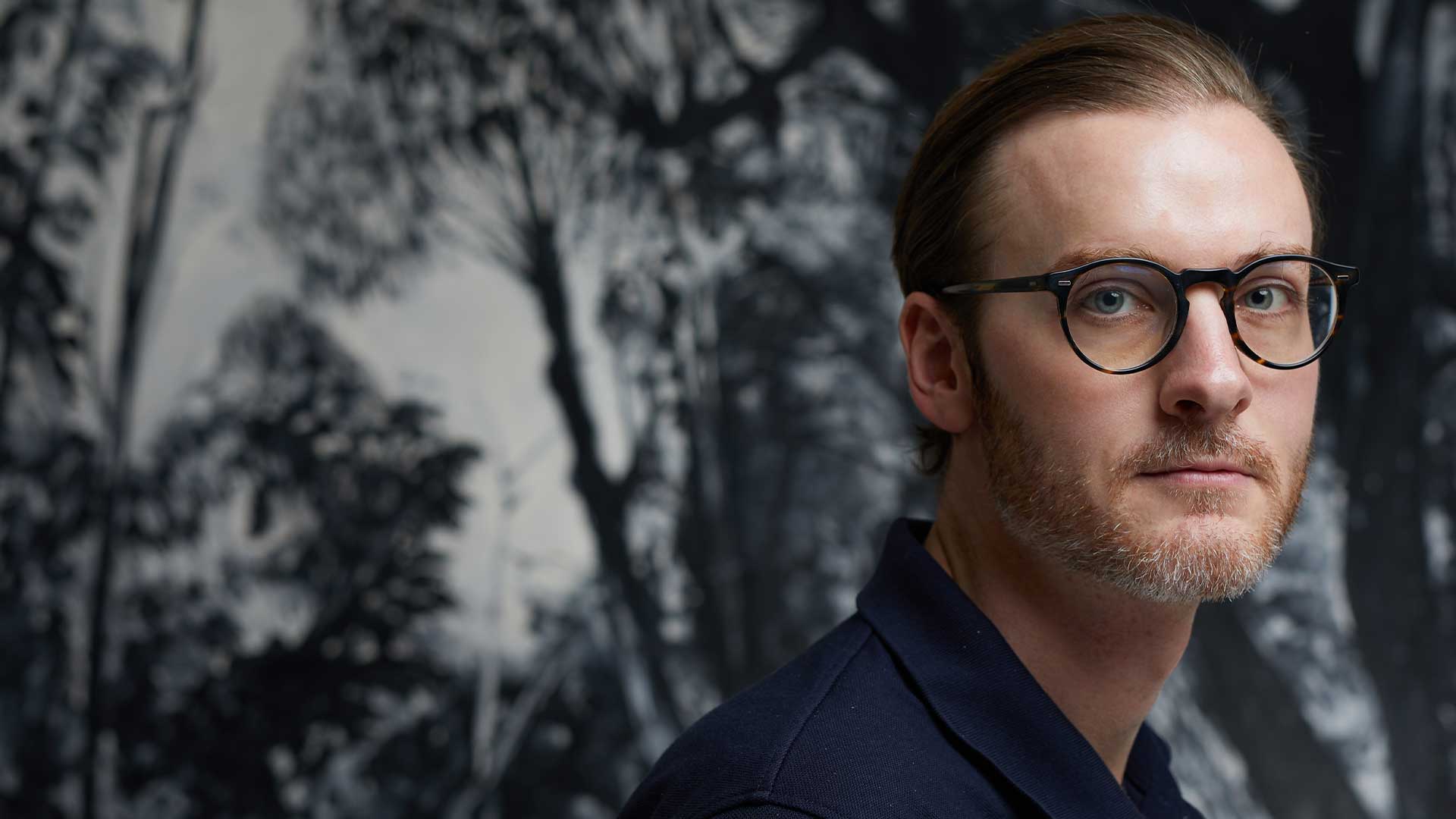By: Meghan Yuri Young Photography: Samuel Engelking A graphic designer by trade, Kevin Boothe stumbled on a talent for curation that turned into a career. Through his art gallery, Towards, Kevin exhibits contemporary works that…
By NowPlayingToronto
By: Meghan Yuri Young
Photography: Samuel Engelking
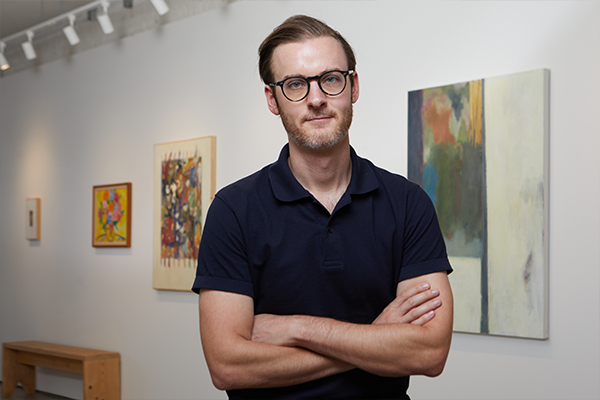
If graphic-designers-turned-curators had a look, Kevin Boothe would fit the bill. His is a clean, monochromatic, button-up aesthetic with stylish glasses. Beyond Kevin’s style, he has a quiet, welcoming and warm demeanour that invites a conversation about not only art but also its role in our community and lives.
It’s this affinity for the arts, which inspired Kevin to launch Towards Gallery. A two-part project, Towards is made up of a publishing division and an exhibition space. Since then, Kevin’s become a champion of the arts community — from creating a virtual platform to help local artists during the pandemic and uplifting other curators to providing a space for budding art collectors to discover their tastes.
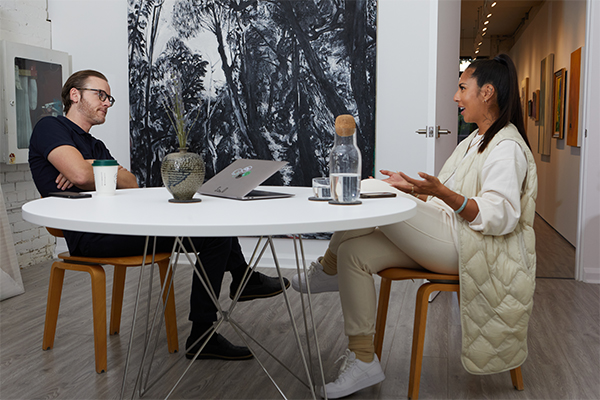 Meghan Yuri Young: Kevin, I’m so excited to meet you. I’m really fascinated with the curation field. Can you tell us a little bit about yourself?
Meghan Yuri Young: Kevin, I’m so excited to meet you. I’m really fascinated with the curation field. Can you tell us a little bit about yourself?
Kevin Boothe: My name’s Kevin. I run a gallery here in Toronto called Towards. I kind of came to it through a circuitous route. My background is actually in graphic design, which is where I started, but I always had a very strong interest in contemporary art. I always found myself drawn to artists, and specifically, working with artists. So, through graphic design, I started working on a lot of artist publications and then transitioned into helping them with exhibition design.
After doing that for a number of years, a couple artists I’d built relationships with pulled me aside and said, “You know, we really think you’re good at this, and it seems like this is where your interest actually lies.” The logical conclusion was to open a physical space to program art in a more concrete, physical way. So, yeah, I kind of stumbled into it. I wasn’t entirely sure how it would all come together, but we’ve been open for about five years now and really happy with the journey so far.
MYY: Do you feel that being a curator and having this physical space marries a lot of your interests, or do you think you’ve had to put a pin in certain parts of your creative journey?
KB: I think it really is a great culmination of a lot of things. Without sounding too trite, I’ve always been very interested in the world of ideas. I think that’s how I come to art, especially contemporary art. [It’s] this idea of getting really excited about the context of things, how things are produced, what objects and things say about us as a society and a culture as well as individuals.
I think a gallery — specifically the kind of program that we’ve built up towards, which includes a publishing arm — takes a bunch of my previous interests and builds them into this thing that is, obviously, very satisfying.
MYY: I think a lot of young creatives, or any person who is trying to figure out what their purpose is, would identify with that experimental journey.
KB: Yeah. I think the throughline, and obviously they’re much easier to see in retrospect, was always just looking for an excuse to work with artists. The publication, in particular, allowed me to meet all these people whose practices I found to be super fascinating and work I admired. It exposed me to a world of ideas, which I also found really fascinating, [like] discussions around aesthetics or contemporary culture, or bigger questions about the human condition.
I often think of myself as someone who has a lot of interests. I always say, you know, “Very wide, not very deep.” But I think contemporary art, specifically, allows for that. There’s artists whose practice I admire that are very much engaged in science and biology, you know, the unseen world. And then there are artists that are more interested in technology and how that affects us as humans. I think it’s one of the things that keeps it interesting and continually curious, which is really important to anyone looking for something.
MYY: What draws you to certain artists?
KB: I think it’s a mixture of things. What I’m very drawn to is two-pronged.
So, you need something that draws you to it right away, a primal attraction, but then the more time you spend with it or the more you learn about it, the more entranced you become.
MYY: What would you say to individuals who are looking to dive more into the art world?
KB: Look at a lot of stuff but also ask questions. I think there is, rightly or wrongly, a stereotype or reputation that people in contemporary art are snobby or that you’ll get laughed at if you don’t know about something, but that’s very rarely the case! I think people who have chose to work in the arts, professionally, do it because they’re genuinely excited about this stuff. Sharing that with other people is super satisfying, and it’s something that I think is super important.
MYY: I think surrounding yourself with people who can create a sense of safety in learning really helps with the idea of being judged for lack of technical understanding. Art as therapy also reinforced this for me. What are your thoughts on art helping our mental wellness?
KB: To me, it ties directly into wellness. This idea of wanting to have a full sensory experience, being exposed to different points of view, allows an understanding to come through, and hopefully, a lot of empathy. It enriches all of us.
MYY: This brings to mind your In-Residence initiative. Can you speak a little bit about this?
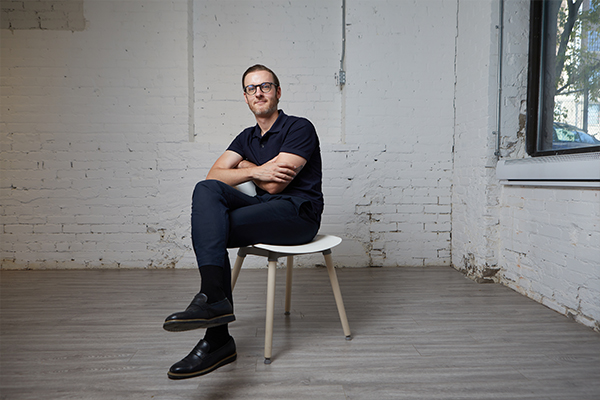 KB: In-Residence started in the very early days of the pandemic as an idea when I was talking to a friend of mine who also works in the arts. We were seeing a lot of stuff get shut down, and we were looking for a way to alleviate any anxieties our community was experiencing. [We asked,] in the absence of physical exhibition opportunities, how can we help support local artists? Can we create some sort of platform that artists use from their home to not only showcase their work but also, hopefully, provide some opportunities for income?
KB: In-Residence started in the very early days of the pandemic as an idea when I was talking to a friend of mine who also works in the arts. We were seeing a lot of stuff get shut down, and we were looking for a way to alleviate any anxieties our community was experiencing. [We asked,] in the absence of physical exhibition opportunities, how can we help support local artists? Can we create some sort of platform that artists use from their home to not only showcase their work but also, hopefully, provide some opportunities for income?
So, we built a very simple website, invited a series of artists, and said, “We would like you guys to be, kind of, the first round of this project.” It was also really important to us that we didn’t become the authors or curators behind it. Instead, we asked each artist that participated to extend their own invite for the next round. The idea is that it would grow very organically and it would be truly community-driven.
MYY: That’s beautiful. I understand that some artists even donated their proceeds to not-for-profits themselves.
KB: They did! It was just a really good reminder of art as a connector, a way to build connections with people, being responsible to a community.
MYY: You mentioned In-Residence being geared towards local artists. Do you primarily focus on local artists within your gallery or international as well?
KB: We have a mixture.
There’s this strong history of great artists living here, working here, being from here. But it’s also a very global city and it’s part of a larger global conversation.
That’s something that we’ve always wanted to focus on, this idea of how do you stay connected to a place? How do you have a sense of belonging? How do you support communities here [while understanding] that there’s conversations happening outside of the city that are important for us to be part of?
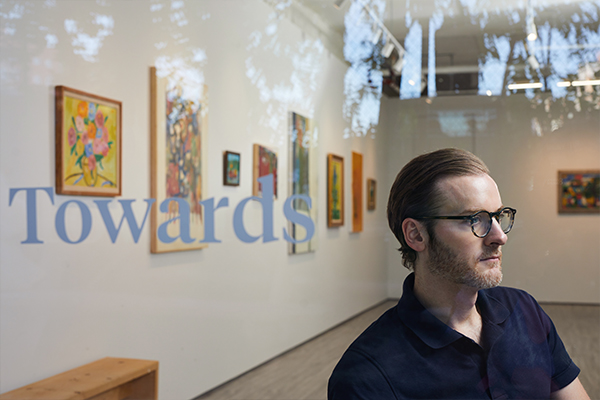 MYY: I wanted to ask you about your gallery’s location. It’s in the heart of the Lower Junction Triangle, which is a great location for artists and art lovers! Did you seek a gallery space in the area on purpose?
MYY: I wanted to ask you about your gallery’s location. It’s in the heart of the Lower Junction Triangle, which is a great location for artists and art lovers! Did you seek a gallery space in the area on purpose?
KB: We definitely wanted to be in this neighbourhood. We love being close to MOCA Toronto, obviously. We’re also very lucky that there’s a great network of galleries in and around here. Franz Kaka is very close. Zalucky has a great program closer to the Junction. Daniel Faria is just over on St. Helens Avenue. I mean, I’ve lived in the west end of Toronto for 15 years, so it makes sense to be here.
MYY: You must also have many favourite spots around here!
KB: Lots of good stuff around here! I’m very partial to the cafe at MOCA, done by Forno Cultura. There’s a great homestyle Thai restaurant up on Bloor called Thai Nyyom, which we really like. I’m also very partial to Mattachioni, which is a pizza spot over on Dupont.
MYY: You’re often at the well-loved Art Toronto, which showcases over 100 galleries from across Canada and abroad. Tell me about that.
KB: It’s really just been about slowly evolving the gallery. It also gives us an opportunity to showcase artists we work with to people who are maybe less familiar with the gallery and our program. It’s a really great opportunity to connect with people, but also to tell them a little bit about what we do, who we’re excited about, the type of stuff we’re looking at.
MYY: One of my favourite things about Art Toronto is just how well rounded it is. I also find it hugely inspiring. I’m curious, where do you find inspiration in the city?
KB: For me, it really comes down to this ability to feel a strong connection to the city and to feel like there’s great work and interesting people here. It’s super important to be able to have the space to do those things while, at the same time, not be on such a small scale that it doesn’t get noticed or doesn’t get picked up into other conversations. I think Toronto’s at an interesting place where young people, especially, can take risks, do interesting things, try out new ideas, and explore.”
After you visit Towards, make sure you explore Toronto’s diverse art exhibitions, public art displays and museums. Our blog about Toronto arts and culture exhibits — and what’s beyond their walls — will inspire your sense of curiosity.

